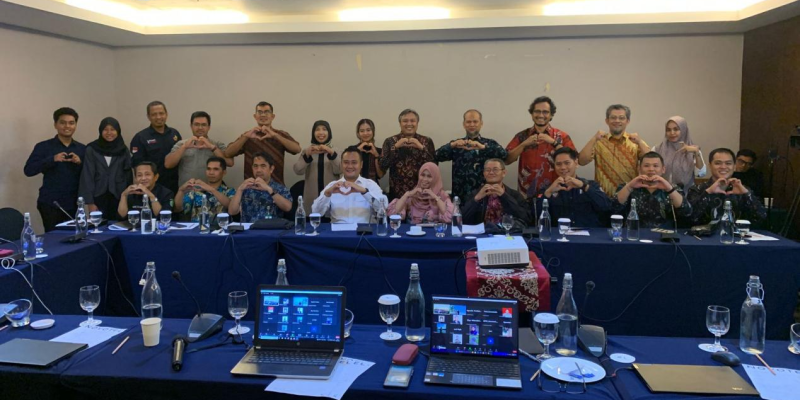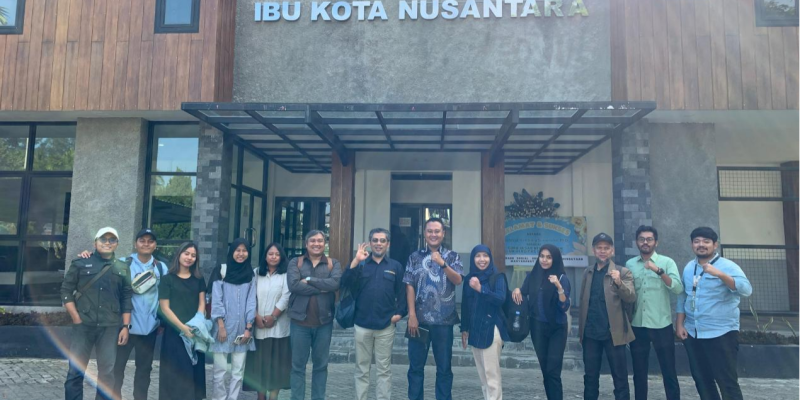The Nusantara Capital (IKN) designated to be located in the Penajam Paser Utara and Kutai Kertanegara regencies, is designed to be built with the concept of a forest city. In this concept, the majority of the IKN area consists of green open spaces, including both city forests and city parks in the Core Government Center area and its surrounding areas. The implementation of the forest city concept, which is planned to be 75% green open spaces, even requires the establishment of district parks and village parks. In order to realize this concept, Universitas Gadjah Mada has been entrusted by the Nusantara Capital Authority to develop a forest management plan for the IKN region. The UGM team assigned to this task comes from various faculties and fields of study, including the Faculty of Forestry, Engineering, Law, and Biology.
The Faculty of Biology was represented by Prof. Dr. Ratna Susandarini, M.Sc., from the Plant Systematics Laboratory. The role of the Plant Systematics lecturer in the team is to determine the plant composition suitable for each type of green open space in IKN. The selection of tree, shrub, bush, and herb species that make up the vegetation in various types of green open spaces considers several aspects, including maintaining biodiversity by including endemic plant species from Kalimantan and plants with ecological and aesthetic functions. The UGM team carrying out these tasks held a Focus Group Discussion (FGD) in Balikpapan on November 9, 2023, followed by field surveys on November 10, 2023.
The FGD on the IKN Biodiversity Master Plan, held in a hybrid format, was attended by representatives from government agencies managing forests, academics, and non-governmental organizations that have interacted with the community in the IKN region. The input from these stakeholders gathered through the FGD will be taken into consideration in the preparation of documents for forest management planning and guidelines for green open space landscapes in IKN. During the field survey, several areas visited included mangrove areas, land designated for the forest city, and the Bukit Bangkirai Natural Tourism Park as a reference ecosystem.



